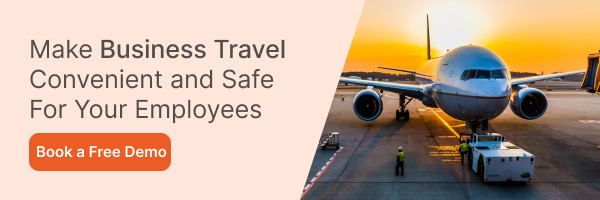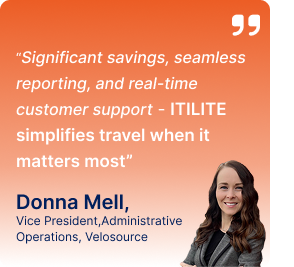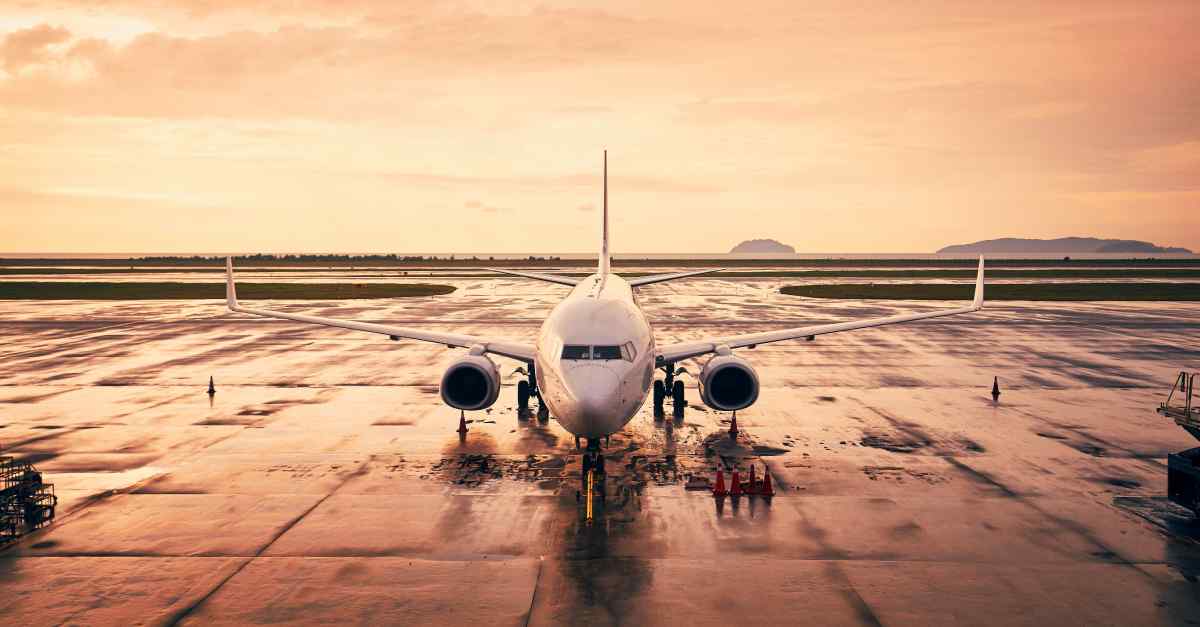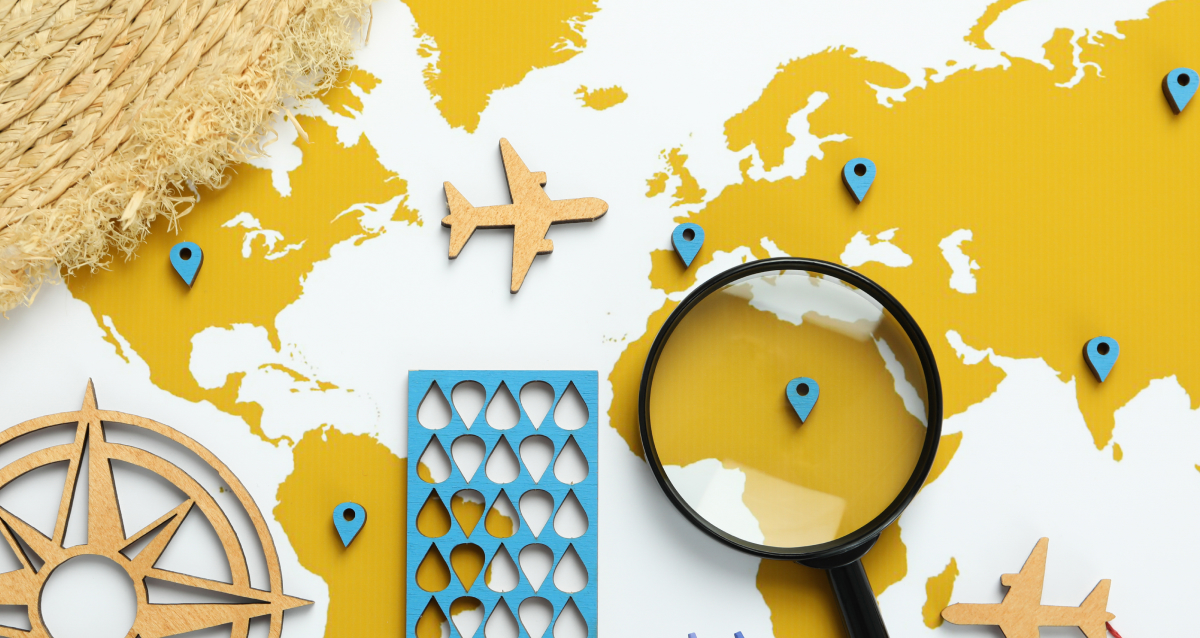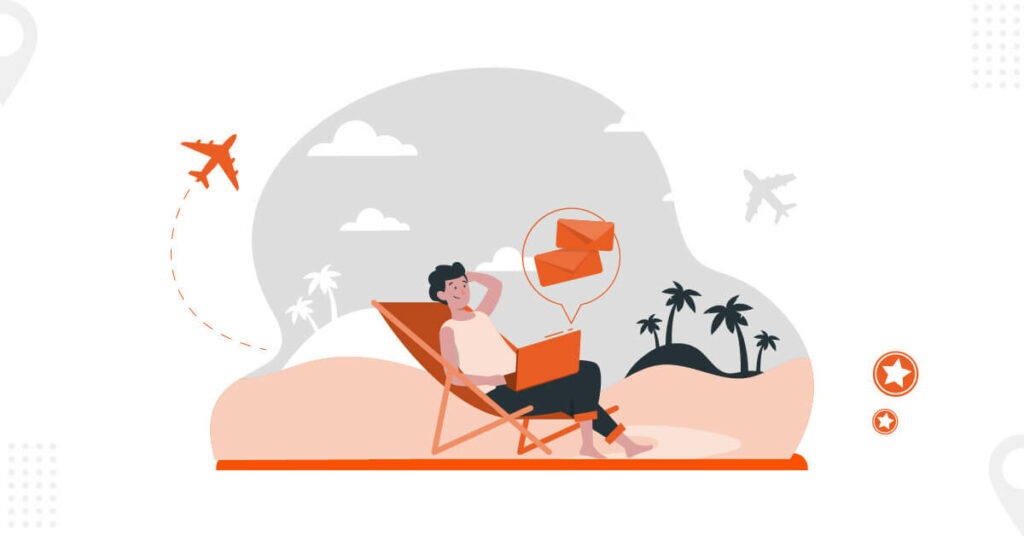
Bleisure travel has become more common in the last two years, with the Covid-19 pandemic accelerating this new trend. According to GBTA, 41% of travel managers have noted a rise in their employees extending their business travel for leisure purposes.
However, while sending employees on bleisure trips, you as a travel manager must ensure they make the most of it. Making the most out of bleisure travel has several benefits, such as employees feeling less stressed, getting additional time to explore local food and culture, attending cultural events, etc.
But how do you ensure that your employees make the most of bleisure travel? Listed below are some ways travel managers can adopt:
1. Encourage Employees to Plan Ahead
Planning ahead is the key to making the most out of bleisure travel. Once the business trip is announced, as a travel manager, you should encourage your employees to research their destination thoroughly and prepare a detailed itinerary. The itinerary should include both work-related and leisure activities. This will help them maximize their time and ensure they don’t miss out on any essential office tasks or travel experiences.
When planning a business trip, employees should also consider a few factors to avoid affecting their bleisure travel experience. They include:
- Weather conditions: Ensure your employees travel for bleisure during the best season. For instance, if employees plan to extend their business travel during peak summer or winter, they may not get to explore local sightseeing places. Even if they do, they may be exhausted to work the next day due to harsh weather conditions.
- Booking in advance: You should encourage your employees to book flights, hotels, and activities in advance. This will avoid any last-minute hustle of booking and missing out on any leisure activities.
- Creating a budget: Although the business travel is sponsored by the company, not all the leisure activities will be sponsored by them. Hence, your employees must have a separate budget for their preferred leisure activities.
- Carrying the required tools: During bleisure travel, you should ensure that your employees carry all the required tools such as portable wifi, hard disk, power bank, noise cancellation headphones, etc. This will help them to have a smooth bleisure travel experience.
2. Make Sure Employees Thoroughly Understand your Travel Policy
Before your employees go on a bleisure trip, it is crucial that they understand your company’s corporate travel policy. This includes:
- Expenses: Employees need to understand what expenses will be covered by the company during their bleisure travel. This may include flights, hotels, and meals related to work but may not include additional expenses incurred during leisure time. Employees should also know reimbursement policies or requirements for submitting expenses for approval.
- Travel insurance: For business travel, most new-age companies provide employees with business travel insurance to cover losses during unexpected events. However, the same may not be applicable for bleisure trips. In such cases, employees may need to take out a separate travel insurance policy for the leisure portion of their trip. Again, this must be clearly mentioned in your travel policy.
- Work responsibilities: While bleisure travel may include leisure time, employees should still be aware of their work responsibilities while traveling. This may include attending meetings or events, staying connected with colleagues, or achieving their targets. Your travel policy should mention what is expected of them during bleisure travel, and they should be prepared to balance work responsibilities with leisure activities.
By understanding company policies related to bleisure travel, employees can ensure that they follow company expectations and avoid misunderstandings. Additionally, when they are thoroughly aware of the travel policy, it will help them make informed decisions about their bleisure travel plans.
3. Provide Time-Management Tips
Time management is crucial during bleisure travel to ensure employees can effectively balance their business travel tasks and leisure activities. Here are some time management tips that travel managers can provide for employees:
- Plan in advance: As a travel manager, you should encourage employees to plan their schedules in advance and to set clear priorities for their time. This may include scheduling work-related meetings or tasks during specific times of the day and leaving leisure time for later in the day.
- Use technology to stay connected: You must advise employees to stay connected using technology so that they stay on top of their tasks while traveling. For example, you can provide them with access to business travel tools such as audio and video conferencing tools, email, and messaging apps so that they can stay connected with colleagues and managers while on the go.
- Set boundaries: While employees need to balance their work and leisure time, it’s also essential for them to set boundaries and prioritize their well-being. Hence, as a travel manager, you should encourage employees to set clear boundaries for their work and take breaks as needed to recharge and relax.
- Implement the Pomodoro technique: Pomodoro is one of the most popular techniques used for time management. This technique involves working for 25 minutes and taking 5-minute breaks. You can ask employees to adopt this technique to increase focus and productivity.
4. Provide Recommendations for Leisure Activities
When employees go to a new destination for bleisure travel, they are not very familiar with the places to visit. However, as a travel manager handling multiple business trips every year, you will be aware of the popular and offbeat places in various destinations.
Hence, you should recommend to your employees some of the best places they can visit during their non-working hours. These can include local attractions, restaurants, hiking trails, lakes, monuments, museums, waterfalls, beaches, etc. When employees visit these places, it will help them feel refreshed and rejuvenated after a long day of hectic work.
5. Ask Employees to Network
Networking is an important aspect of business travel, and it can be even more beneficial when combined with leisure travel. Business networking helps employees to connect with global leaders, business professionals, and like-minded people from the industry. You should encourage your employees to attend industry events or conferences and to take advantage of networking opportunities.
Networking also helps your employees expand their professional network, learn from industry leaders, and generate new business opportunities. When employees interact with other business professionals during their leisure time, they can build good relationships.
6. Allow Some Flexibility
One of the benefits of bleisure travel is the flexibility that it offers. It allows your employees to extend their business trip and stay longer at their destination. This gives them more time to explore and enjoy the local culture and attractions. Hence, they can plan their travel schedule based on their personal preferences and interests rather than being constrained by their office tasks.
Hence, as a part of your business travel management process, you should allow some flexibility so that employees can make the most of their bleisure travel experience and create a trip that suits their unique needs and interests.
7. Encourage them to Use Loyalty Points
Employees who frequently travel for work might have accumulated loyalty points or rewards through their business travel program. Employees can use these points for their bleisure travel, which will help them offset the cost of their trip and enjoy more leisure activities.
Here are some tips on how employees can use their loyalty points effectively:
- Check the terms and conditions: Before employees start planning their bleisure trip, you must ask them to check the terms and conditions of their loyalty program. Some programs may have restrictions on how they can use the points or use them within a certain time frame.
- Compare prices: Ask your employees to compare prices for flights, hotels, and other travel expenses to see if they can get a better deal by using these loyalty points.
- Use points strategically: Encourage employees to use the loyalty points for expensive flights or luxury accommodations. This can help them maximize the value of their rewards.
8. Provide Opportunities for Feedback
Finally, it’s important to take feedback from your employees about their bleisure travel experience. This can help you understand what worked well and what you can improve in the future.
Travel managers can consider conducting surveys or individual meetings with employees to gather feedback about their trips. Ask them about their overall experience, any challenges they faced, and any recommendations they have for future bleisure travel.
This way, you can make adjustments to your company’s policies and procedures to better support bleisure travel and ensure that your employees have a positive experience.
Bleisure Travel Enhances Employee Satisfaction
Bleisure travel can be a valuable benefit for employees and a great way to combine business with leisure activities. Hence, most companies have started incorporating bleisure travel not just for business purposes but also for retaining top talents in this competitive market. By following the above-mentioned steps, travel managers can ensure their employees make the most out of their bleisure travel.
ITILITE is a travel management company that is a blessing for travel managers. Our SaaS-based corporate travel management software enhances employee satisfaction by offering a seamless travel booking experience. Employees also get incentives for making cost-effective travel choices. Moreover, if your employees want to convert their business travel to bleisure travel, they can just make changes to their itinerary with just a click of a button while on the go.
Get a free demo of ITILITE to understand how it works.
